Did you know? Strawberries are one of the most frequently contaminated conventionally grown fruits and vegetables. They rank among the types of produce that most consistently present with significant levels of pesticide residue compared to other fruits, vegetables, and berries.
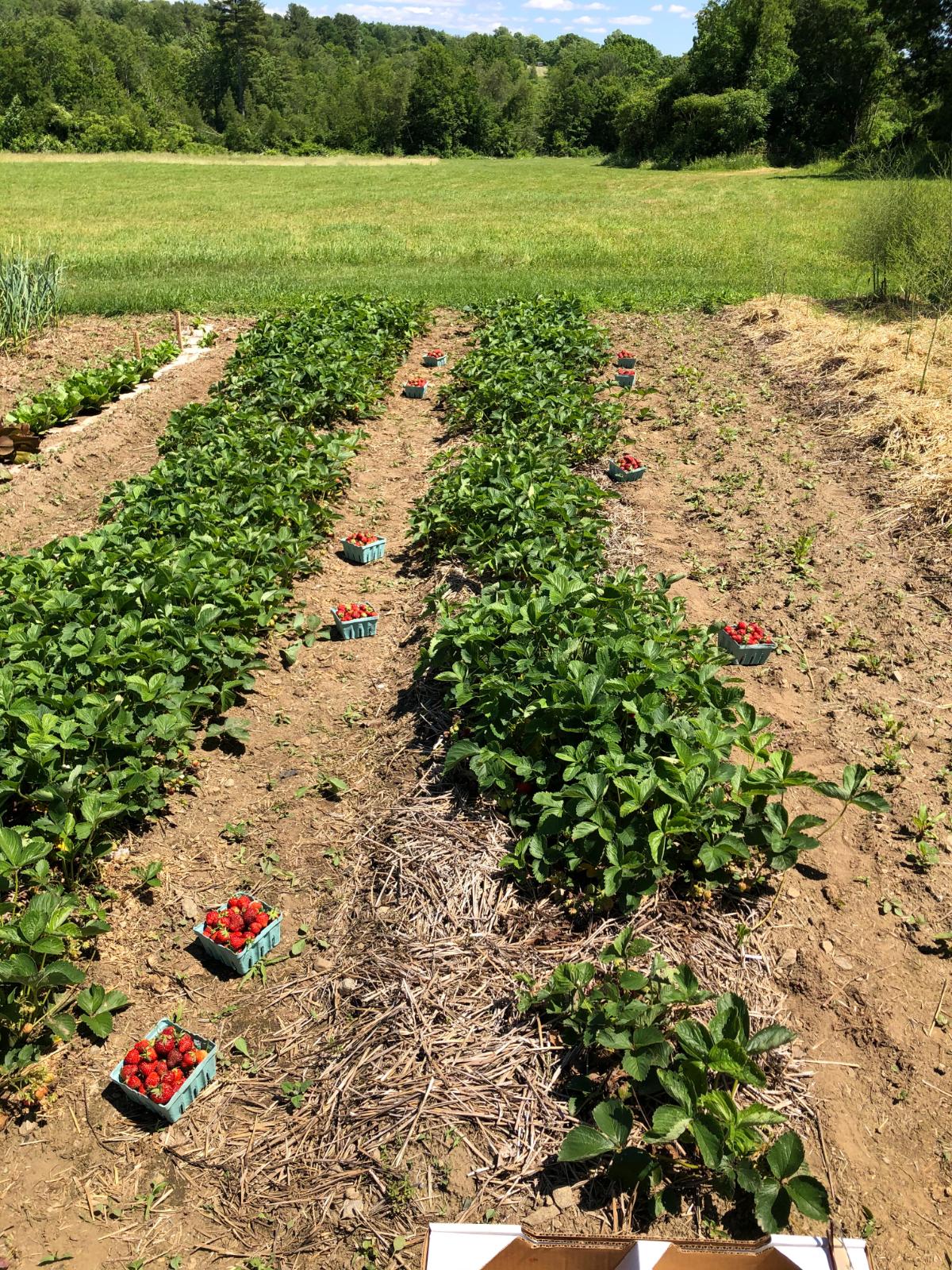
And it’s been this way for a very long time.
Jump to:
- Strawberries, Topping the “Dirty Dozen” List Since 1995
- What’s the Dirty Dozen list?
- Some produce comes and goes, but strawberries seem to always stay!
- Video: This May Be the Best Reason to Grow Your Own Strawberries!
- Putting the Dirty Dozen List to Good Use
- How Growing Your Own Strawberries Can Reduce Your Pesticide and Chemical Exposure
- Homegrown Strawberries Will Reduce Your Exposure for Years
Strawberries, Topping the “Dirty Dozen” List Since 1995
The Dirty Dozen list was first published in 1995 (though some sources say the author of the list says the first official list was published in 2004).
Since the beginning, strawberries have been on the list, meaning that they continuously and historically show to be among the fruits and vegetables that carry the most pesticide residues, the most consistently.
What’s the Dirty Dozen list?
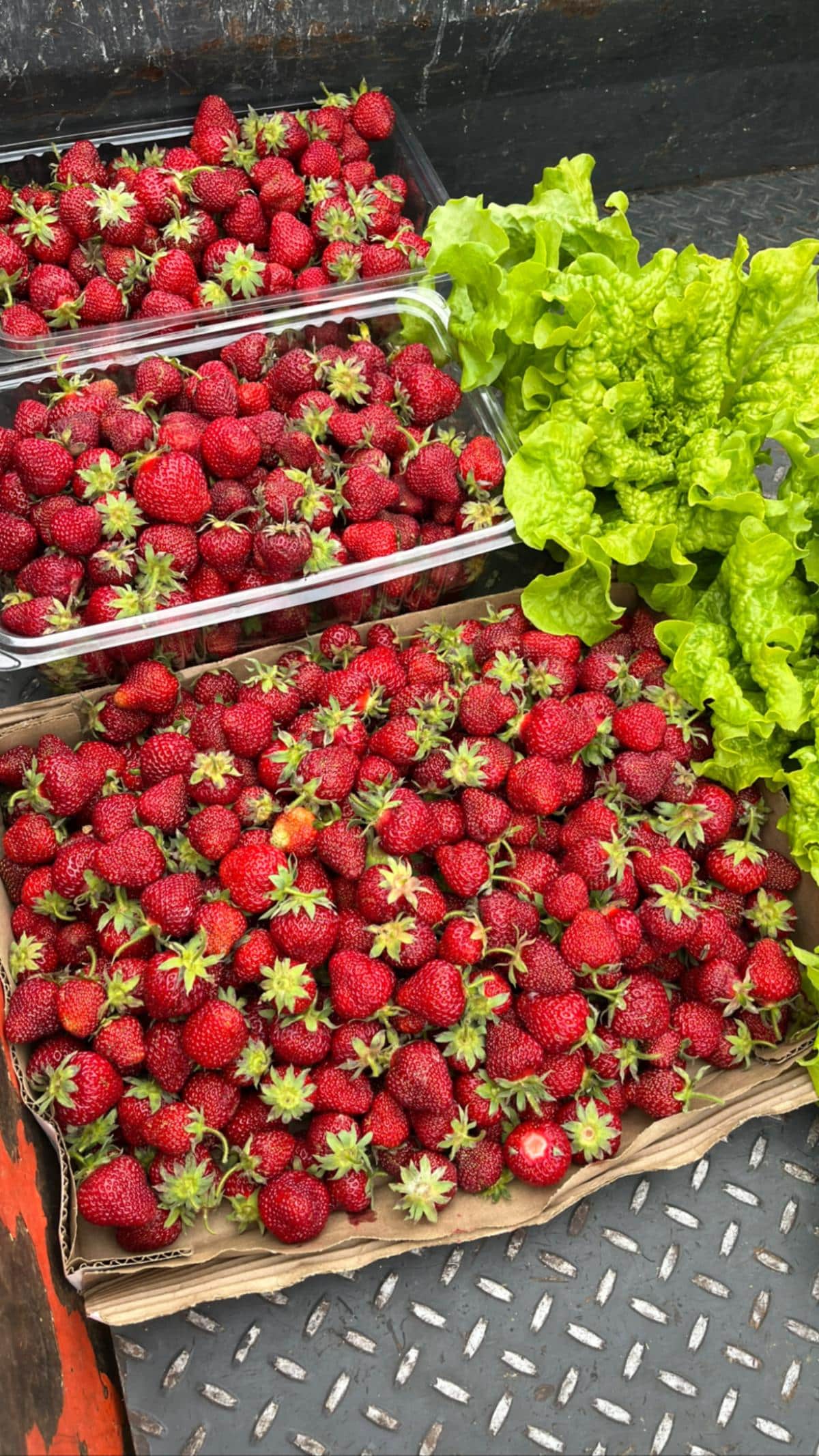
The Dirty Dozen List is a list compiled by the Environmental Working Group (EWG) every year since 1995. Each year, the U.S.-based group analyzes data from testing performed by the United States Department of Agriculture and the United States Food and Drug Administration.
They have a list of criteria, but the gist of their goal is this: to determine which conventionally grown crops (i.e., crops not grown and certified as organic) have the highest level of chemical and pesticide residues.
The EWG does not do the testing themselves; these government departments do this annually on their own, for their own reasons. The EWG does their own analysis of the data, based on the criteria they have set, to see which types of produce are cleaner than others.
In this year’s (2024) list, they found that 95% of the samples of the crops that made the list tested positive for pesticide residues, and notably for antifungal chemical residue. That’s compared to 75% for many other crops that did not make the Dirty Dozen list.
Other individuals and groups like Greenpeace have put some effort into working up some sort of similar list for other nations and for European countries.
The list is not without its critics, with some calling it a marketing gimmick. Others find it a useful guide for consumers.
The group is careful to note in its summary that they do support and promote the consumption of fruits and vegetables as part of a healthy diet. They also author a “Clean 15” list that lists the types of produce that carry the least amounts and incidences of chemical residues.
Some produce comes and goes, but strawberries seem to always stay!
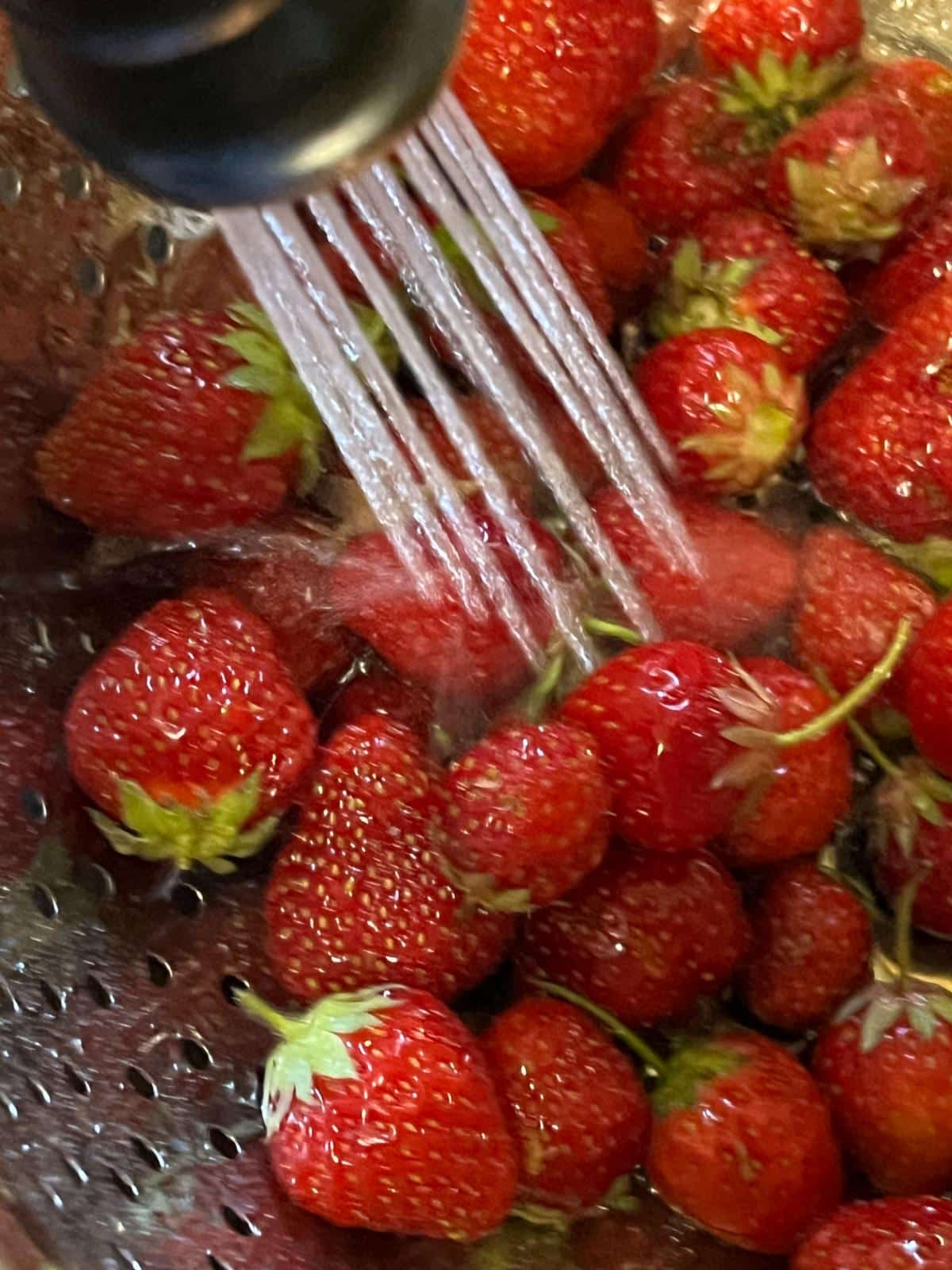
The list has the potential to change every year depending on the results of the samples and testing that the list data is based on. So, for example, if a grower/industry uses less chemicals or changes its growing practices and the fruits are less contaminated, they should fall off the list.
Over the years, some types of produce have been added or subtracted from the list, replaced by others with higher amounts and/or frequency of residue. Potatoes, for example, have been on and then off the list.
Strawberries, however, have seemingly always been on the list. In a random search of years, it’s difficult to find a year in which strawberries are not listed as one of the Dirty Dozen (in fact, we haven’t come across one – do comment if you have!).
Video: This May Be the Best Reason to Grow Your Own Strawberries!
Putting the Dirty Dozen List to Good Use
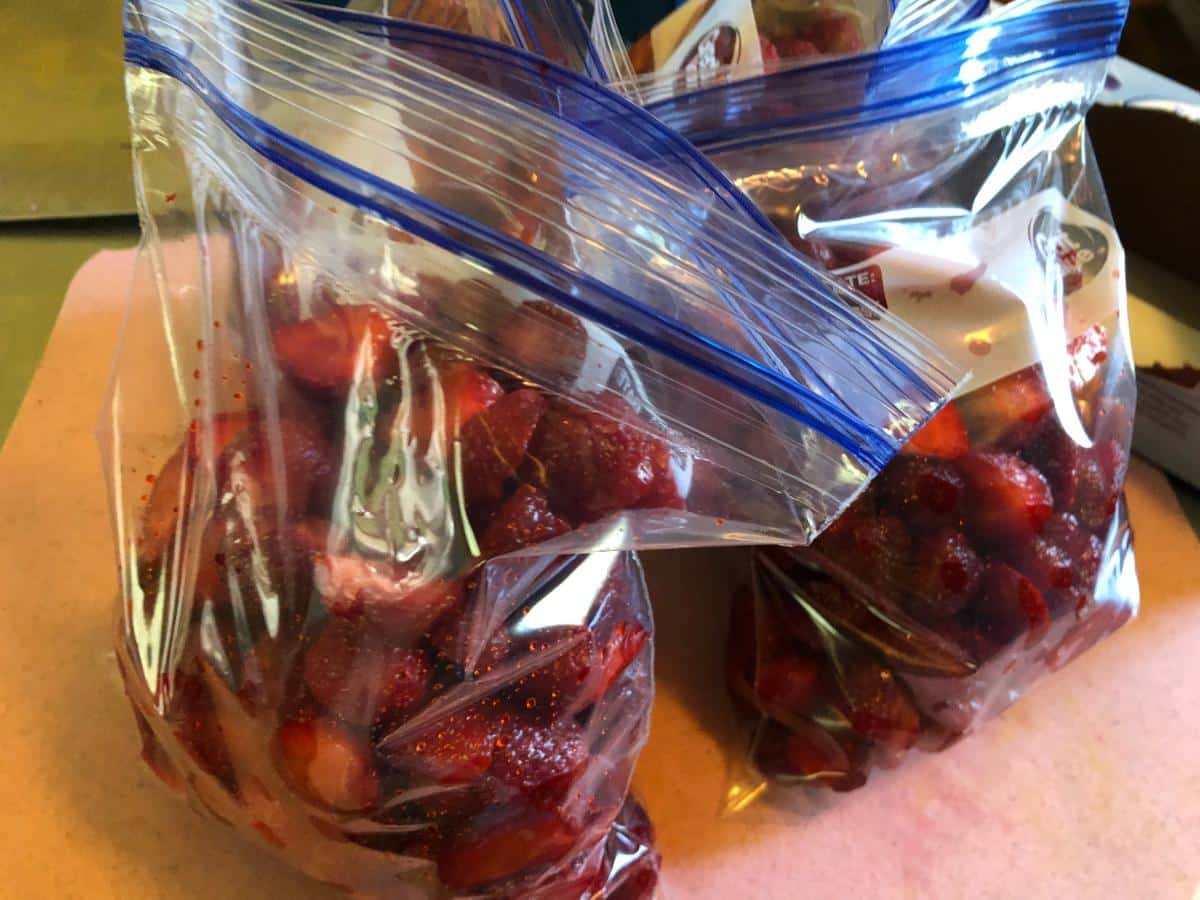
There are many ways in which people can use the Dirty Dozen list. Some choose to ignore it, which is certainly a choice.
Others use the list to help them decide where and how to spend their grocery money. For example, if the 12 on the list are those that are most often or most highly contaminated, perhaps those are the 12 that would be better to invest in spending the money to buy organically grown options.
Another option – and a very good one for home gardeners and berry growers – is to use the list to decide where you invest your gardening and growing time, space, and money.
You may not be able to grow it all. You may not have the space or the time to devote to growing everything you eat, but it may make a lot of sense to grow that which can make the most difference in your diet and in your life.
This is one way you can put the list to good use.
How Growing Your Own Strawberries Can Reduce Your Pesticide and Chemical Exposure
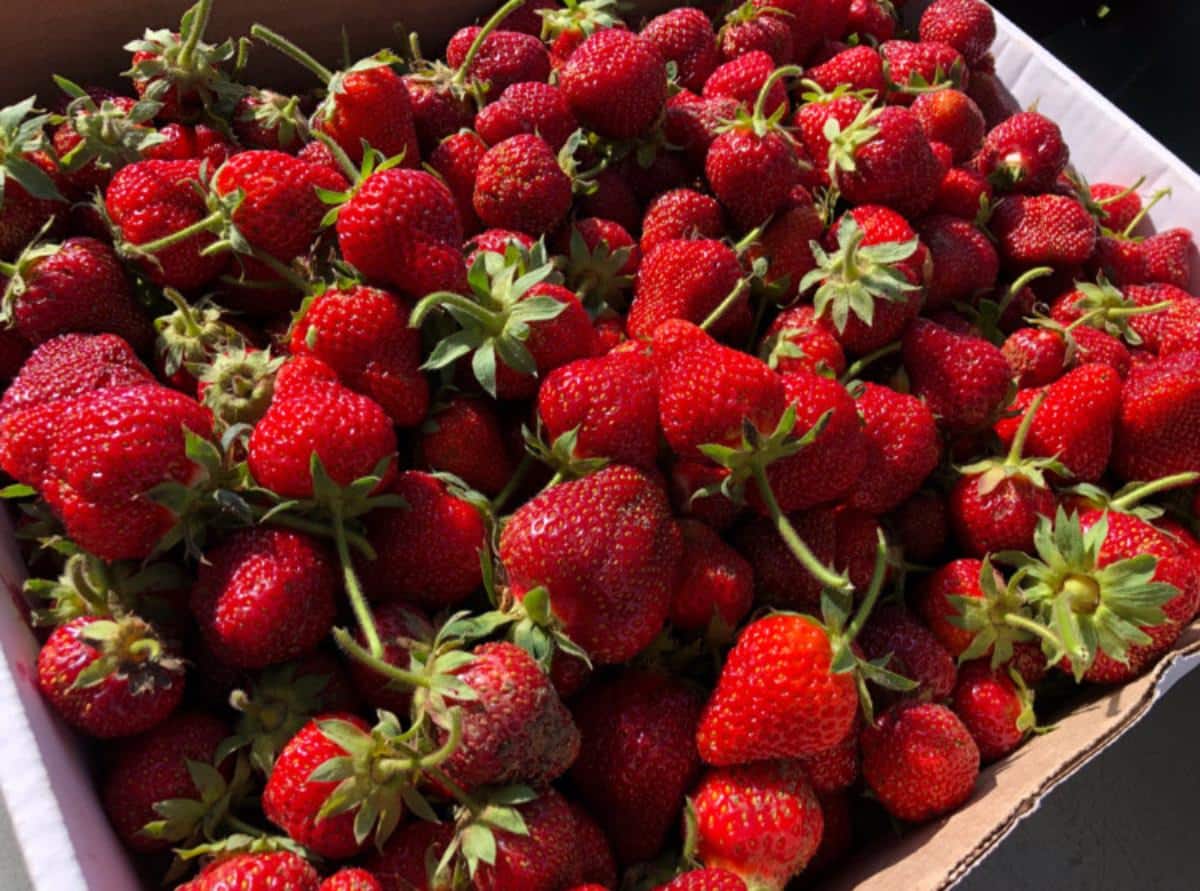
Since strawberries are so consistently on the list, and since they carry the highest levels of pesticide residues, strawberries should be one of the first things you consider growing.
Fortunately, strawberries can be grown in most climates. Certain varieties will do better than others in different locations, but overall strawberries can be grown in places as cold as zone 3 and a hot as zone 10 and their equivalents (possibly even higher with some extra attention).
If you grow your own strawberries, you get to decide exactly how they are grown.
- You can decide if you feel comfortable having pesticides, fungicides, or other chemicals applied to them.
- You can control when those are applied – for example, maybe you don’t apply them when berries are ripening or developing!
- You can do your own research to decide if you are comfortable with a particular chemical or application.
- You can choose more natural, organic options to control insects and diseases instead.
Growing your own homegrown strawberries puts you in control, rather than at the mercy, of how your food is grown. Strawberries are one crop where you can make the biggest impact. It’s an excellent fruit that you can make all the healthier by taking control and deciding to make strawberries a priority in your growing space.
Since it seems unlikely that strawberries will not be at the top of the dirty lists any time soon, it seems one of the best places to start!
Homegrown Strawberries Will Reduce Your Exposure for Years
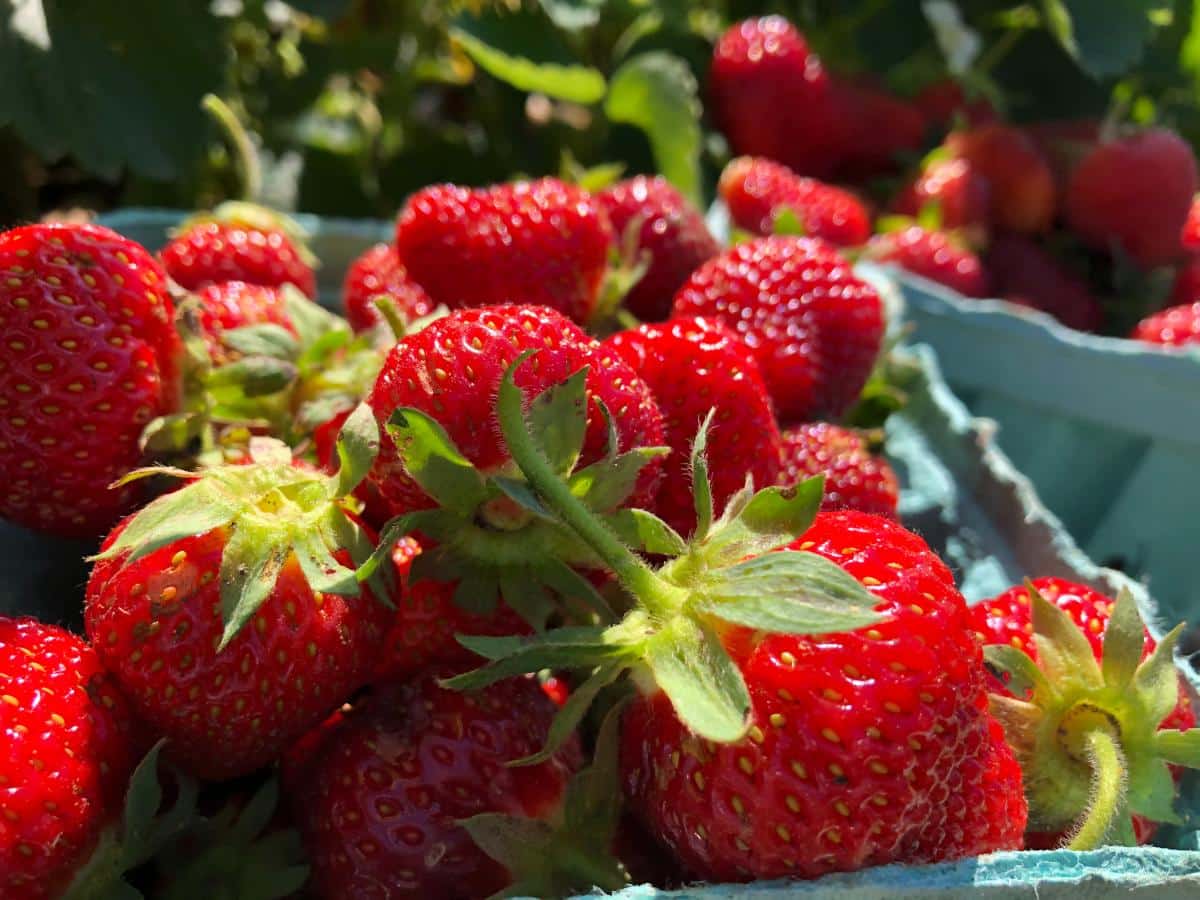
A single perennial strawberry patch can feed you – happily and healthily and with not too much in terms of work and maintenance – for many years.
Purdue University says that a well-maintained strawberry patch that is renovated every year can produce for at least ten years – an entire decade!
Building and installing a strawberry patch is a modest investment in time and money in the beginning. It will require annual upkeep, but that amounts to meaningful inputs a few times per year, plus harvesting, preserving (if desired), and enjoying the fruits of your labor!
For all of the years that you grow this one crop, you will reduce your chemical exposure and increase that control over what is in – and is not in – your food supply. What a great level of choice and control, all from one rewarding, wonderful berry!



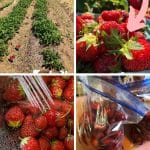

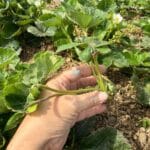
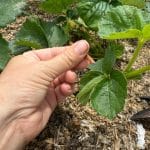

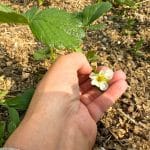
Leave a Reply